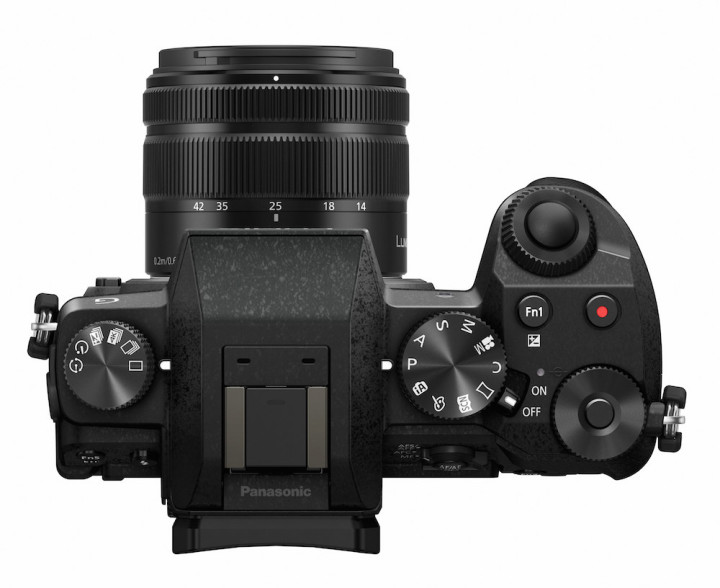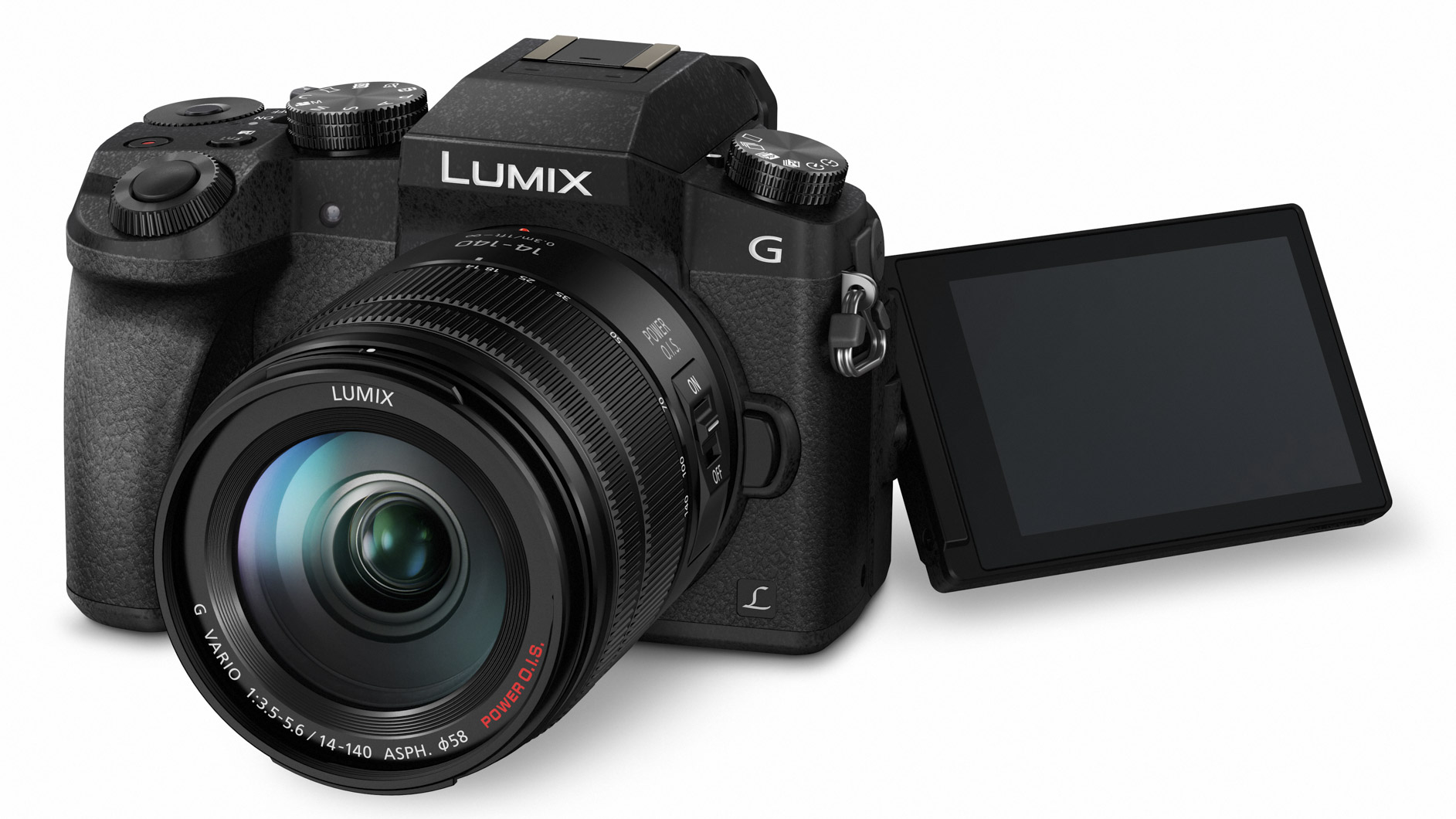The G6 wasn’t a particularly big step-up from the G5, with the most interesting additions being WiFi/NFC, an external mic jack and focus peaking, but the new Panasonic Lumix G7 seems to trump its predecessor in almost every way. From 4K capabilities to DFD autofocus technology, it packs a landslide of new features found on the most recent Lumix models, making it one of the most appealing options on the market for amateur hybrid photographers to date.

In keeping with the G series style, the G7 embodies many of the positive characteristics of a DSLR with its substantial grip and plethora of external controls. However, unlike its predecessors, the G7 has a classic retro design and comes in both black and pewter. Some say it looks like the progeny of the Olympus OM-D E-M1 and Fujifilm X-T1, which isn’t really a bad thing. It has a traditional mode dial on top, front and rear dials, total of 11 function buttons (six on the body and five in the menu) and a dedicated movie button.
The G7 keeps the tilting/swivelling 1040k-dot touchscreen of its predecessor, while the electronic viewfinder has been updated, featuring a 2360k-dot OLED screen with 10,000:1 contrast instead of the 1400k-dot screen of the G6.

Perhaps the most significant upgrade are the 4K capabilities also found on the high-end GH4 and the premium LX100 compact camera. Its arrival has opened the doors to non-professionals and those on a budget looking for a relatively affordable interchangeable lens camera with many of the latest video features. It features 4K Ultra HD video, with 4x the number of pixels compared to Full HD, and the innovative 4K Photo function. Within 4K Photo, there are three 4K Photo modes: 4K Burst, 4K Burst Start/Stop and 4K Pre-Burst. The first option continually captures 8MP photos when the shutter button remains pressed. The second allows you to play, pause and extract 8MP frames from 4K video filmed at 30p. The third initiates 4K recording a second before and after the shutter button is released, giving you 60 extra frames to choose from. It is compatible with the latest memory cards including Class UHS-I/UHS-II SDXC/SDHC SD cards, which means it can store high-resolution 4K videos.
Another important addition is Panasonic’s proprietary Depth-from-Defocus (DFD) technology, originally seen on the GH4 and LX100. It instantly calculates the distance to subjects and adjusts the focus accordingly and will only work with Lumix lenses. Additionally, the G7 shoots at AF speeds up to 0.07 seconds and burst shooting speeds with continuous AF of 6 fps.

As expected, it has a 16MP digital live MOS sensor, the same found in the GF7. However, the G7 features an updated Venus engine, which produces crisper images and videos thanks to its new diffraction compensation capability. It can shoot up to 25,600 ISO.
Additional features include Focus Peaking, silent shooting, 1/16000 shutter capabilities, a time-lapse shooting mode, WiFi/NFC capabilities, and the brand new Starlight AF, which lets you clearly capture subjects using only moonlight as a light source. It also has a mic input, which video makers will appreciate, and a 360 degree Panorama function found on the mode dial.

I’ll admit I am happy to see that Lumix is still taking care of its G series of cameras, as they act as the perfect gateway to the high-end GH series for video enthusiasts. They are light and portable, just as a mirrorless camera should be, but maintain the comfortable ergonomics of an SLR. And now that the G7 has an attractive vintage design like its competitors, I wouldn’t be surprised to see this line of cameras pick up in popularity even more.
The Panasonic Lumix G7 will be available in mid-June with either the 14-42mm or 14-140mm kit lens.
What are your thoughts about the new Panasonic G7? Let us know in the comments section below!
